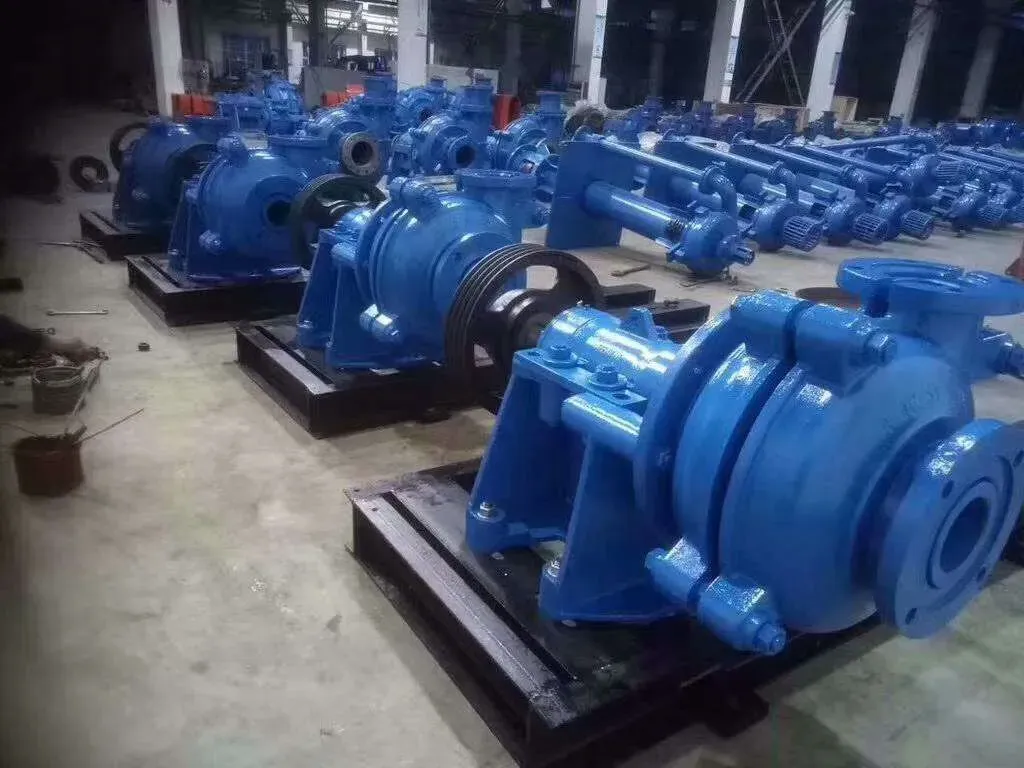English
- Afrikaans
- Albanian
- Amharic
- Arabic
- Armenian
- Azerbaijani
- Basque
- Belarusian
- Bengali
- Bosnian
- Bulgarian
- Catalan
- Cebuano
- Corsican
- Croatian
- Czech
- Danish
- Dutch
- English
- Esperanto
- Estonian
- Finnish
- French
- Frisian
- Galician
- Georgian
- German
- Greek
- Gujarati
- Haitian Creole
- hausa
- hawaiian
- Hebrew
- Hindi
- Miao
- Hungarian
- Icelandic
- igbo
- Indonesian
- irish
- Italian
- Japanese
- Javanese
- Kannada
- kazakh
- Khmer
- Rwandese
- Korean
- Kurdish
- Kyrgyz
- Lao
- Latin
- Latvian
- Lithuanian
- Luxembourgish
- Macedonian
- Malgashi
- Malay
- Malayalam
- Maltese
- Maori
- Marathi
- Mongolian
- Myanmar
- Nepali
- Norwegian
- Norwegian
- Occitan
- Pashto
- Persian
- Polish
- Portuguese
- Punjabi
- Romanian
- Russian
- Samoan
- Scottish Gaelic
- Serbian
- Sesotho
- Shona
- Sindhi
- Sinhala
- Slovak
- Slovenian
- Somali
- Spanish
- Sundanese
- Swahili
- Swedish
- Tagalog
- Tajik
- Tamil
- Tatar
- Telugu
- Thai
- Turkish
- Turkmen
- Ukrainian
- Urdu
- Uighur
- Uzbek
- Vietnamese
- Welsh
- Bantu
- Yiddish
- Yoruba
- Zulu
Telephone: +86 13120555503
Email: frank@cypump.com
Jul . 27, 2024 11:37 Back to list
Understanding the Functionality and Maintenance of a Sewer Ejector Pump System for Optimal Performance
Understanding Sewer Ejector Systems Functionality and Importance
A sewer ejector system is an essential component in modern wastewater management, particularly in properties that exist below the level of the public sewer line. This system is designed to facilitate the removal and transportation of sewage waste from lower elevations to higher elevations, ensuring that waste materials can reach the municipal sewer system for treatment. Understanding how these systems work and their significance in both residential and commercial settings is crucial for effective wastewater management.
How Sewer Ejector Systems Work
At its core, a sewer ejector system consists of a pump, a basin, and a series of pipes. The basin, often referred to as a sump, is installed in a pit which collects wastewater from bathrooms, laundry rooms, or kitchen sinks that are located below the main sewer line. Wastewater from these fixtures drains into the basin, where it is temporarily stored until the pump is activated.
The pump is a critical component of the ejector system. Once the wastewater in the basin reaches a certain level, a float switch is triggered, activating the pump. The pump then ejects the wastewater through a discharge pipe, pushing it upwards toward the main sewer line. The force exerted by the pump ensures that the sewage can travel uphill, overcoming gravity. This process is essential for properties like basements, which are prone to flooding and where plumbing fixtures are often installed below sewer line levels.
Benefits of Sewer Ejector Systems
One of the most significant benefits of sewer ejector systems is their ability to prevent sewage backup and flooding. Homes or businesses located in low-lying areas are particularly vulnerable to these issues; without an ejector system, sewage can back up into fixtures, leading to unsanitary conditions and significant water damage. By utilizing an ejector system, property owners can protect their investment and maintain a safe, healthy environment.
sewer ejector system

Moreover, sewer ejector systems are versatile and can be employed in various applications. They're commonly used in residential basements, but can also be found in commercial facilities, restaurants, and industrial locations. This adaptability makes them an essential part of many different plumbing setups.
Maintenance and Considerations
While sewer ejector systems are designed to be robust and efficient, they do require regular maintenance to ensure optimal performance. Property owners should routinely check the pump and the float switch to ensure they are functioning correctly. This includes checking for any blockages, ensuring the pump is free of debris, and confirming that the electrical components are working properly.
Moreover, it is critical to avoid flushing inappropriate items down the toilet or drains, as this can cause clogs and damage the ejector pump. Items like wipes, feminine hygiene products, and grease can lead to costly repairs and downtime.
Conclusion
Sewer ejector systems play an indispensable role in modern plumbing, especially for properties located below the main sewer line. They provide a reliable solution for the efficient removal and transportation of wastewater, helping to prevent flooding and maintain sanitary conditions. Through regular maintenance and proper usage, these systems can operate effectively for many years, offering peace of mind to homeowners and businesses alike. Understanding their function and importance is vital for anyone looking to manage wastewater effectively in their property.
-
Custom Drilling Mud and Slurry Pump Supplier - High Efficiency, Tailored Solutions
NewsJun.10,2025
-
Supply Vertical Submersible Sewage Pump High-Efficiency WQ/QW Pumps Supplier
NewsJun.10,2025
-
Premium Sewage Ejection System & Pumps Efficient Waste Removal
NewsJun.09,2025
-
Premium Wholesale Slurry Pump Impellers Durable & Efficient Slurry Handling
NewsJun.09,2025
-
Top Sewage Pump Companies Durable Industrial Solutions for Efficiency
NewsJun.09,2025
-
Heavy Duty Slurry Pumps - OEM High Performance & Bulk Wholesale
NewsJun.09,2025










